You might find this useful: http://support.microsoft.com/kb/830287
But what I personally do in this situation involves a bit more code, but is flexible and fast. First create a class and call it "RangeInfo". Then past this:
Option Explicit
Private Type Properties
Intialized As Boolean
Object As Excel.Range
RowBottom As Long
RowCount As Long
RowTop As Long
ColumnLeft As Long
ColumnCount As Long
ColumnRight As Long
End Type
Private this As Properties
Public Property Get Initialized() As Boolean
Initialized = this.Intialized
End Property
Public Property Get Object() As Excel.Range
Set Object = this.Object
End Property
Public Property Get ColumnLeft() As Long
ColumnLeft = this.ColumnLeft
End Property
Public Property Get ColumnCount() As Long
ColumnCount = this.ColumnCount
End Property
Public Property Get ColumnRight() As Long
ColumnRight = this.ColumnRight
End Property
Public Property Get RowBottom() As Long
RowBottom = this.RowBottom
End Property
Public Property Get RowCount() As Long
RowCount = this.RowCount
End Property
Public Property Get RowTop() As Long
RowTop = this.RowTop
End Property
Public Sub Initialize(ByRef rng As Excel.Range)
With this
Set .Object = rng
.RowTop = rng.row
.RowCount = rng.Rows.Count
.RowBottom = .RowTop + .RowCount - 1&
.ColumnLeft = rng.Column
.ColumnCount = rng.Columns.Count
.ColumnRight = .ColumnLeft + this.ColumnCount - 1&
.Intialized = True
End With
End Sub
Public Sub Clear()
Dim emptyProperties As Properties
this = emptyProperties
End Sub
Private Sub Class_Terminate()
Set this.Object = Nothing
End Sub
Then for your code, use this:
Option Explicit
Public Sub Example()
'Set these as needed:
Const sheetName As String = "MySheet"
Const columnNumber As Long = 2&
Const criteria As String = "*foo#"
Dim wsIn As Excel.Worksheet
Dim wbOut As Excel.Workbook
Dim wsOut As Excel.Worksheet
Dim ri As RangeInfo
Dim rowIn As Long
Dim rowOut As Long
Dim col As Long
Set wbOut = Excel.Workbooks.Add
Set wsOut = wbOut.Worksheets(1)
Set wsIn = Excel.Worksheets(sheetName)
Set ri = New RangeInfo
ri.Initialize wsIn.UsedRange
rowOut = 1&
With ri
For rowIn = .RowTop To .RowBottom
If wsIn.Cells(rowIn, columnNumber) Like criteria Then
rowOut = rowOut + 1&
For col = .ColumnLeft To .ColumnRight
wsOut.Cells(rowOut, col).Value = wsIn.Cells(rowIn, col).Value
Next
End If
Next
End With
End Sub
